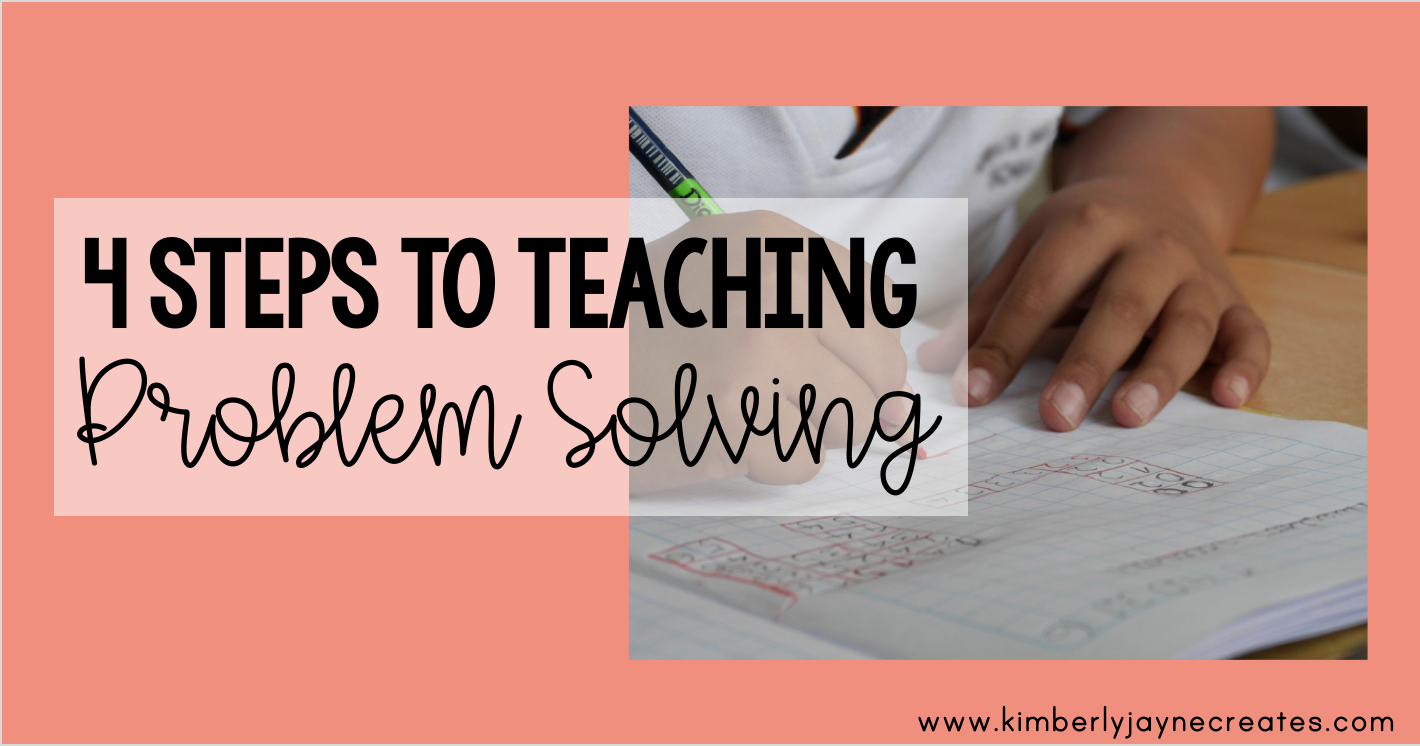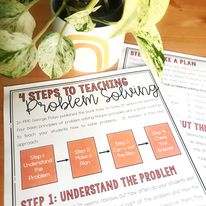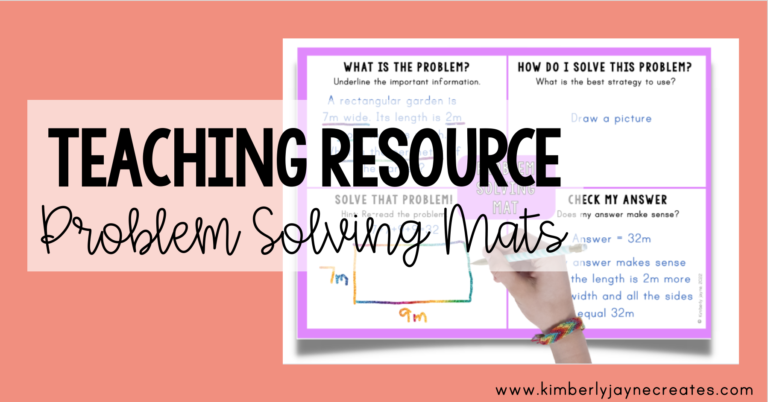4 Steps to Teaching Problem Solving

In 1945 George Polya published the book ‘How To Solve It’ where he identified four basic principles of problem solving. Polya’s principles are a great scaffold to teach your students how to solve problems.
It involves a four-step approach:

Step 1: Understand the Problem
Where should I start? It seems obvious, but how often do your students skim read a problem, or quickly read the first part of the problem and miss the rest? If your students don’t understand what is being asked of them, they cannot succeed. Students need to learn how to understand a problem before they try and solve it. Here are some simple strategies that will help your students understand the problem:
- Read and re-read the problem.
- Highlight the relevant information.
- Discuss the vocabulary used in the question (for example do they understand that sum means add?)
- Discuss what the problem is asking them to find out or show.
- Look for keywords, numbers and the question the problems asks.
Step 2: Make a Plan
Polya mentions that there are many reasonable ways to solve problems. Choosing the appropriate strategy when solving a problem is a skill that students build by solving problems. Exposing students to a wide variety of problems often will help them learn when to choose and apply a certain strategy.
Step 3: Carry out the Plan
In Polya’s words “You learn to do problems by doing them.”
Solve that problem! Students follow the steps to solve the problem, they might need to revisit their plan. Remind students that it’s not always easy and that even professional mathematicians need to persist in problem solving and revisit their plans. Teach students that if they are stuck they can always go back and re-read the problem.
Step 4: Check Your Answer
Teach students to go back and check that their answer makes sense. If it doesn’t they will need to go back to Step 1 to make sure they have answered the problem correctly, as well as check that they have calculated correctly. Teach students to ask themselves the following questions:
- Have I answered the question?
- Did I check my calculations?
- Have I presented my answer correctly?
- Does my answer make sense?
For a PDF Version of this post click here.

Reference: Polya, G. (1957). How to Solve it, Princeton University Press.





